Employers have a crucial responsibility to ensure that all electrical equipment in the workplace is free from any danger that could potentially cause death or serious harm to their employees. It is essential to have a qualified person assess the workplace and identify any electrical hazards that may pose a risk to the worker.
At Hood Patterson & Dewar, we offer three courses designed to train employees to be aware of potential dangers and perform risk assessments before starting their work – Electric Shock and Arc Flash Hazard Awareness Training for Operators, Arc Flash Hazard Awareness Comprehensive Training, and Arc Flash Hazard Awareness Renewal Training. By doing so, we can help to create an atmosphere where electrical hazards – such as shock, electrocution, arc flash, and arc blast – are avoided in the workplace.
Electric Shock and Arc Flash Hazard Awareness Training for Operators
This introductory electrical safety training course is for operators, such as machine or assembly line workers, and other non-electronically qualified individuals. The intent of this course is to provide basic electrical hazard awareness for those without an electrical background or for those who need help understanding the hazards and risks associated with operating electrical equipment. This course has been specifically designed to focus on the unique learning needs of these individuals.
This course is based on the latest standards, including NFPA 70E, NFPA 70 (NEC), OSHA 29 CFR Part 1910, and IEEE 1584. Our goal is to help the learner be safe by understanding the hazards of electricity and by gaining an appreciation that each piece of electrical equipment on a worksite can potentially cause harm. In this course, we explore why the basic safety rules and regulations that govern electrical safety exist to keep workers safe from electrical hazards. We bring the course terminology down to the learners’ level because we understand that this might be the first time learners have heard electrical terms.
Learners will be exposed to graphic examples of what can happen when electrical incidents occur, and they will leave with a healthy respect for electricity and its potential to cause harm. We will also discuss some key steps that they can take to help protect themselves and others. After the course, learners will be expected to complete an assessment that must be passed with a score of 100% to receive credit for the class.
Note: This course is valid for up to 6 Professional Development Hours (GA).
Arc Flash Hazard Awareness Comprehensive Training
This introductory electrical safety course uses the latest standards, including NFPA 70E, NFPA 70 (NEC), OSHA 29 CFR Part 1910, and IEEE 1584. Our goal is to help learners become aware of the typical electrical hazards they may encounter on a job site and what to do about them.
In this course, we explore the process for identifying electrical hazards with a special focus on shock and arc flash, including performing a risk assessment for these identified hazards. We look at OSHA’s stance and enforcement of rules and guidelines that govern electrical safety in the workplace. We also discuss the risk control method of hazard elimination as a priority in implementing any safety-related work practices and emphasize the importance of wearing the appropriate personal protective equipment (PPE) as the last line of defense protecting the worker from debilitating burns or death. Successfully passing this course fulfills the NFPA 70E training requirements.
Note: This course is valid for up to 6 Professional Development Hours (GA).
Arc Flash Hazard Awareness Renewal Training
This is the follow-up course to the initial Arc Flash Hazard Awareness Training. As per the regulations of NFPA 70E, it is mandatory for individuals to undergo a renewal training session every three years after successfully completing the initial comprehensive course. This course aims to strengthen the key concepts covered in the previous comprehensive course, including:
- Regulatory updates with changes to the standards and safe work practices
- Recent OSHA activities regarding enforcement of rules and guidelines that govern electrical safety in the workplace
- Mitigation of typical electrical hazards, including hazard elimination, as a priority in the implementation of electrically safe work practices
- The importance of hazard elimination by wearing the appropriate personal protective equipment (PPE) as the last line of defense to protect the worker from electrical injury
- Updated processes for identifying typical electrical hazards with a special focus on shock and arc flash, including how to perform a risk assessment for these identified hazards
Note: This course is valid for up to 6 Professional Development Hours (GA).



